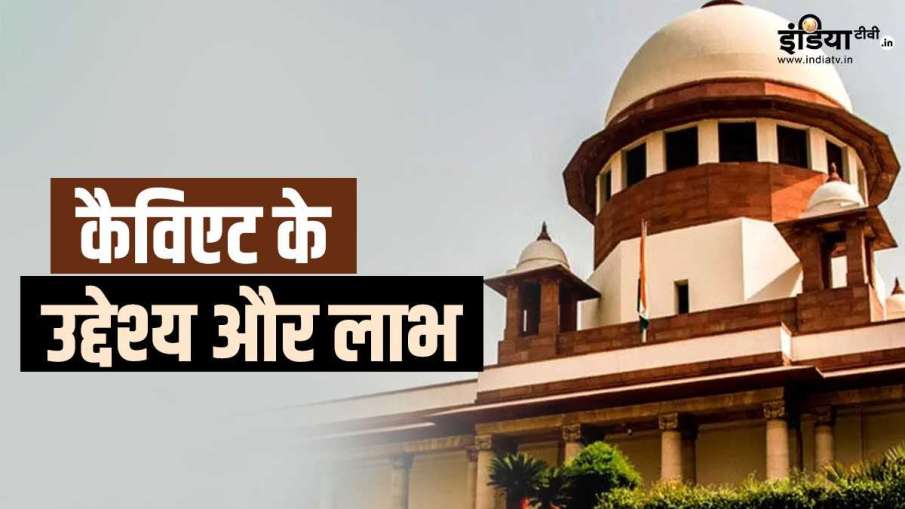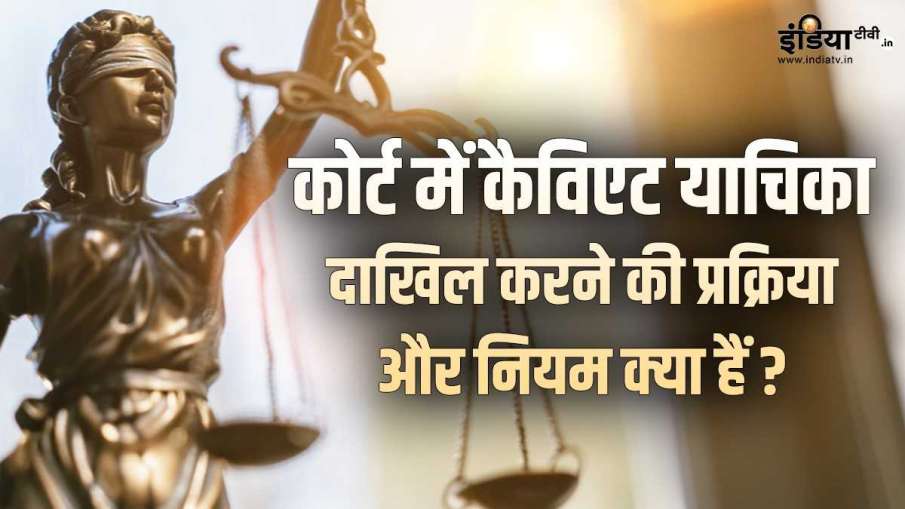Don't Miss Our Holiday offers - up to 50% OFF! & More..


What is a request for cavity? Who can present and what documents are necessary? – eSHOP24X7

What is the request for the cavity?
Around a dozen requests against the WAQF amendment law of 2025 have appeared in the Supreme Court. Among them, in addition to the entire Muslim Personal Law Board of India and Jamiat Ulema-E-Hind, all Kerala Jamiatul Ulema, an organization of Sunni Muslims of Kerala, the deputy of the Mohammad Javed Congress and the president of Aimim, Asaduddin Owaisi, and others have challenged the law. These requests are expected to be listed before a bank on April 15 for the hearing, although it has not yet been included on the Supreme Court website.
The central government has presented cavity request
The central government has presented a request for cavity in the Supreme Court on Tuesday, which means ‘request to be sung’. This petition has also been requested that the central government will also be heard before approving any order that challenges the constitutional validity of the WAQF (amendment) law, 2025. Therefore, in the first place, it knows what this request for cavity is and what is the process of presenting it. Then, let us know that, according to Caviet’s request, any part applies to the Superior Court and the Supreme Court to ensure that no order is approved against him without hearing it.
What does Cavavate mean?
“Keviot” is a Latin word that means “careful.” In fact, “Keviot” is a legal notice presented on the one hand to ensure that they are given the opportunity to listen before an order or decision in a judicial case or procedure. Section 148-A of the Code of Civil Procedure 1963 has a willingness to register Cavavate. The person who presented or presented a warning request is called Cavavator. That is, the central government is a cavator in the request presented in the Waqf law.
Important things related to cavity
- When a cavite has been submitted, after the end of the 90 days from the date of submission of said cavity, it will not be effective until the application is made before the end of said period.
- The main objective of the warning is to protect the interests of a person against whom the case or the possibility of being presented is presented. An order can be approved in the request submitted by any part in such cases or judicial procedures. This person who presents Cavia, is not necessary for that person to have a necessary part in said application, but may be affected by the order transmitted in said application.
- Caviet helps reduce the burden of the court and reduces the plurality of the procedures and eliminates the litigation.
- The caviato application can be submitted in a case or procedure. However, some higher courts have admitted that the application of Cavavate cannot be considered during the appeal (either first or second) or execution procedures.
- The date of presentation of the caviato will not be valid for more than 90 days from the date. After the 90 -day period has passed, the caviado can be renewed.
Who can present a request for cavity?
Caviet can be submitted by anyone who is affected by an intermediate order approved in a request, which is probably carried out in any case or in any case presented in any court. Any person reclining the right to appear before the Court at the hearing of the previous application can submit a cavite in relation to it.


What is the request for the cavity?
Caviet must be presented with a trap by a cavator or a lawyer in his name and must be registered as a request in the Caviet Registry made by the Court or in some other way set by the Court.
When can the cavity be recorded?
The caviets can occur after it is generally approved or order in the court. The provisions of section 148-A of the CPC can only be applied in cases where the cavator has the right to listen before the proposal to give any order or submitted in the application. No Caviate format has been determined under the Code of Civil Procedure, so it can occur as a petition.


Petition of caviato
Documents needed to present caviets
The identity certificate of the person presented by the caviado
Defense-Nama and Assistance Memorandum
Registered postal reception of caviaate notice
Sworn declaration
Order in dispute or field
Index form to archive cavavate
How to present the request for cavity
The caviator will have to sign an affidavit and a petition.
The affidavit must be verified by the authorized oath commissioner.
A defense nama signed with affidavits and request that grant the lawyer the right to represent him before the Court must also be imposed.
The controversial or original order (order against which judicial or appeal procedures are expected to be carried out) to the request of the cavity.
The notice of Caviet (registry after reception) must be submitted to the court, which shows that the Cavavator has informed the interested parties about their cavity.
Caviet’s request, the affidavit and all documents must be in the prescribed format and must agree with the rules of the court.
6







